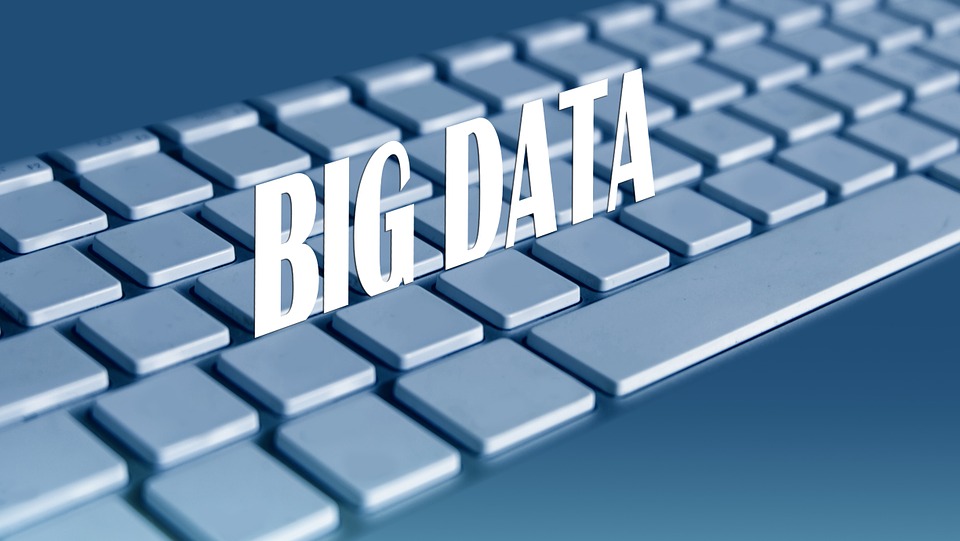
Overview
Exercise Files
About Lesson
Vocabulary Terms Used:
- Data/Dataset, n. information, organized set of information
- Algorithm, n. a (usually math-based) computer process created to solve a specific problem
- Prediction, a guess as to an event or an outcome that will possibly happen in the future
- Neural network, n. a neural network is a series of algorithms that endeavors to recognize underlying relationships in a set of data through a process that mimics the way the human brain operates. Convolutional and Recurrent neural networks are key examples (CNN, and RNN, respectively)
- Visualization, a means of showing data to make it easier to understand, such as a graph or chart
- Sequential, data points that follow a sequence, coming one after another, such as one temperature reading after another in a thermal sensor
- Training, exposing an AI model to many different pieces of data, in order to teach the AI model to understand that data, and be able to make better predictions or classifications regarding similar new data it is exposed to in the future
- Model, a compilation of processed data in an AI system, that can be used to make inferences about new, unknown data
- Inference, these are the results of an AI system, like a neural network; it is the end output that the AI system generates
Exercise Files

No Attachment Found